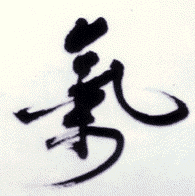and ready it for the American body-minds seeking a new way to heal themselves. " << Back to New American Qigong by Michael Winn Americans Donıt Want Qigong Exams In a Fall 98 Qi Journal article Jerry referred three times to a National Board of Examiners that had adopted his school's Medical qigong TCM curriculum as the national standard. But no such Board of Examiners exists now, nor ever has. Jerry has asked me to make public his apology (sent also as a letter to the NQA board) for the error. He says it was accidentally taken from an old flyer of his in which he (perhaps wishfully?) believed the NQA Medical Qigong Committee would also become a Board of Examiners. Jerry has begun approaching players in the U.S. medical qigong field to join the NQA's effort to find a consensus on training standards. This process is still ongoing, and the NQA still invites anyone interested including non-NQA members to participate in this roundtable discussion to arrive at standards acceptable to all. This effort by the NQA is also echoed by a larger global effort to set medical qigong standards. Sponsored by the World Academic Medical Qigong Society in Beijing, it involves 24 countries. But the political reality is that right now the American qigong community does NOT want a Qigong National Board of Examiners. How do I know this? I introduced a resolution minutes after being elected NQA President in August 98 at the National Qigong Conference in Cleveland. The motion was to limit the name and scope of the Medical Qigong Committee to recommending standards of medical qigong training, and specifically to avoid any NQA involvement in qigong exams. The democratically elected 15 member NQA board a representative slice of American qigong practitioners and professionals from many different schools passed this resolution unaminously, including a vote from Jerry Alan Johnson. There are many reasons why the American qigong community is not ready to embrace a Chinese style exam board. One is legal. In China, big medical TCM institutions are part of a top heavy governmental power structure that is nearly impossible to fight if you disagree wth it. In America, if you don't like the decision of a licensing board of examiners, you sue. That's why acupuncture schools donıt license, they only train. An outside agency had to be hired that is not involved with any school to administer an objective written test designed to survive lawsuits from disgruntled students. But a written test can't test your qi. This puts us back to the current patchwork of qi training programs that depend on each individual qigong teacher to test their students however they see fit. Since 1982 the Healing Tao has tested and certified 600 instructors worldwide to teach at varying skill levels, a pyramid curve with lots of beginners at the base and fewer with higher certifications. This makes it the largest and oldest microcosm of the challenges facing a national certification for qi training. New students would come for certification, sometimes with years of tai chi in some other school. They might qualify after a year of practice and a minimum of 160 hours of extra teacher training to teach basic medical qigong like the Six Healing Sounds and the beginning level Microcosmic Orbit meditation. But they would often fail to pass a peer review test for rooting in Iron Shirt Chi Kung postures or getting power to flow through a short "tai chi chi kung" form. Why did they fail? Example: someone hadnıt learned the nine energy levels of doing tai chi taught in our school, and they naturally had the habit of doing their form a different way. There were a lot of bruised egos that waited years to get certified, but the fact that it was within a circle of friends, some in the same boat, made it tolerable. Certifying students for qi emission caused bigger problems. One person was having a bad day, another could do fine except when they were tested. At least people knew the ground rules and what to expect within a defined system. Problems arose because some less qualified people slipped by based on personal politics, rather than skill. The Healing Tao system ultimately worked because there was one teacher, Mantak Chia, who everybody accepted as having the final word, for better or for worse. I foresee these problems multiplying ten fold in a national testing system for qi emission. Examinees will come with expectations from totally different kinds of qigong training some focusing on moving the jing, some on qi training, others on awakening the shen. It may become feasible if national training standards have been adopted by all the various schools and a majority of private teachers. But there will never be a single authority figure making it easy. Fundamentally, American qigong, especially medical qigong, is still in its baby shoes. It may well be some years until its unique shape emerges and a consensus arises (if it does) on what national training standards should be, and whether they need enforcing through a licensing system by peers. It took a mishmash of state acupuncture organizations and schools seven years to organize into a national body as the AAAOM. Thatıs why the NQA is starting now itıs a long road. Until the qigong community figures out how they are going to regulate themselves, there is one non-bureaucratic mechanism of self-regulation the marketplace. Lousy qigong teachers and charlatan healers wonıt last long financially in the West if people arenıt getting results. The NQA also has a Qigong Standards Committee (separate from its Medical Qigong Committee) which is seeking an open national dialogue to set minimum standards of training for qigong teachers working in HMOıs, hospitals, or schools to teach basic forms of self-practiced qigong. We accept that bureaucrats need to be able to say theyıve hired someone with the appropriate training standard set by a national organization like the NQA. A Tempest in a Teapot? Debate over medical qigong standards is still a tempest in a teapot.. Jerry Johnson's school only has seven graduates out of hundreds entering the basic courses. Only one acupuncture school in America out of 49 nationally even has a medical qigong training program. Dr. Jampa Stewart, a Dean at the School in Austin Texas, has done an excellent job (in my biased opinion) in blending TCM and Healing Tao curriculum to create a model medical qigong program. So we're still talking about standards for a tiny, statistically insignificant group of medical qigong therapists. However in ten years, I predict most of these schools will have a major division of qigong training. Why? Because both acupuncturists and their patients will demand it. As America matures in its acceptance of qi, everyone will realize that it is the qi of the acupuncturist, not the needles alone, that is most powerfully healing. Qigong Specialists vs. Generalists I also wonder about the impact of general qigong instruction vs. specialists in medical qigong who are also trained in qi emission and diagnosis. Will having more specialists (with longer, more expensive trainings) working in western hospitals have a significant impact on recovery rates from illness? Or is it better to create an army of general qigong instructors (with shorter training, no diagnostic skills) teaching groups of patients in clinics and elsewhere, trying to reach the larger population before their chronic imbalances require hospitalization? In short, do we focus on graduating more PhD's in qigong healing, or will a lot of people with BA degrees do just fine or perhaps better? To better answer this question, I asked Ken Sancier, Phd. scientist and President of the Qigong Institute: Are the statistics in China on qigong's success in healing chronic illness based on qi emission by medical qigong specialists or are they based on results from ordinary folks practicing qigong learned in a class at a clinic or in a park? Ken searched his Computerized Qigong Database with 1300 citations for the phrase waiqi, the standard term for qi emission in Chinese research. Term Frequency
Any of these terms may appear more than once in a given citation, Ken told me. The results provide just an indication of the (infrequent) use of waiqi or emitted qi in medical qigong studies. Evaluating self-practice of qigong is more difficult because different terms are used for specific forms of qigong. Some splendid studies do exist on using qigong self-practice. Notable is the 20- and 30-year retrospective studies at the Shanghai Hypertension Institute where researchers found self-practice decreased the incidence of death, stroke and morbidity by stroke by about 50% compared with a control group. The researchers also reported improvements in hormone levels, bone density, cardiovascular, function, and blood circulation to the brain, Ken concluded. Kenıs analysis suggests qi emission is NOT the key factor in qigong success studies. This should not be misinterpreted. There is room for both PhD's and BA's in the field, even if the PhD s private practice of qigong therapy does not impact as many people. There is room for people who want credentials and licensing that may give them respect and skills to interface with MD's in hospitals. Their skills may help more difficult cases, and their work be more satisfying to them personally. There is equal room for all the teachers and patients who don't like being in sterile, often strange smelling clinics or hospitals and would rather experience qigong or receive a qi treatment in a setting that feels more private and friendly. The credential that matters most to this group is not academic, it is word of mouth reputation and trust. I know this because Iıve practiced private qigong therapy in my home for the last ten years, working with everything from sexual dysfunction and emotional trauma to cancer and AIDS. For the first session, some people may feel more comfortable knowing that Iıve completed some formal training. Do they know the difference between a Chinese style medical school degree and, in my case, a Healing Tao training? I doubt it. They want something miraculous. If I can get them to experience the miracle of qigong at any level jing, qi, or shen (to them: body, energy, or soul), we are both satisfied. After the first session, it is all results, results, results. Because westerners are still uncertain of qi healing, I tell clients to come back only if they feel results. Invariably, the best long term results come from clients feeling empowered that they are participating in the healing and being educated in how to practice qigong or through changing their diet, breathing, emotional and sexual habits how they can manage their qi imbalance. Even when I boost the qi in their 8 Extra Channels or contact their 5 jing shen, I make them assist my work with their breath or internal mind focus.. I seek to avoid the allopathic model where a patient walks in with the attitude of Fix me up, doc, then flops down on a table and falls into an unconscious state. Then my qi is just seen as a substitute drug, and they are dependent on me. That ultimately reduces me to drug status, and makes the work more mechanical, with less spiritual joy in our relationship, and thus more boring and long term less effective. I try to cultivate the new paradigm emerging in America of a co-creative healing process. I don't call them patients; they are clients or students. When they are experiencing spiritual joy you can call it a non-dependent love for or trust in their healer then it is easier for them to shift the core shape of their disease pattern and see their own power to self- heal. This is integrating shen gong or classical spirit therapy with modern qigong therapy. Statistics on the billions spent in cash for alternative medical care in America suggest that many people are more concerned with the effectiveness of treatment or a class than they are with someone's institutional credentials. People are wising up, they've figured out that credentials donıt cure anyone. MD' s have credentials from big medical schools and a social status that used to approach godhood, but that hasn't improved their abysmal rate of healing chronic illness. M.D. credentials haven't helped the 100,000 to 600,000 people (mostly elderly) that studies show die each year from drug side effects, mostly prescribed to alleviate chronic illness. Many of these deaths, which total more each year than all the combined American soldiers killed in our civil and world wars, might be prevented with simple qigong. Many people think America's healthcare system is a dinosaur, too big, too expensive, bloated with too much technology and drugs, and about to collapse of its own weight into extinction. China may be a good model for low cost self-care, with an estimated 100 million people practicing qigong. In America, those kind of numbers practicing qigong would significantly lower the multi-trillion dollar healthcare costs. There is a program in Szechuan province where each family had one person who was trained to be the resident qigong instructor. They in turn taught other family members to do the Six Healing Sounds and simple meditation practices. Perhaps it will take a crisis in medicine for Americans to wake up to the gift of qigong that has already landed. It is up to us, the American qigong teachers and practitioners of today to polish that pearl and ready it for the American body-minds seeking a new way to heal themselves. See Healing Tao  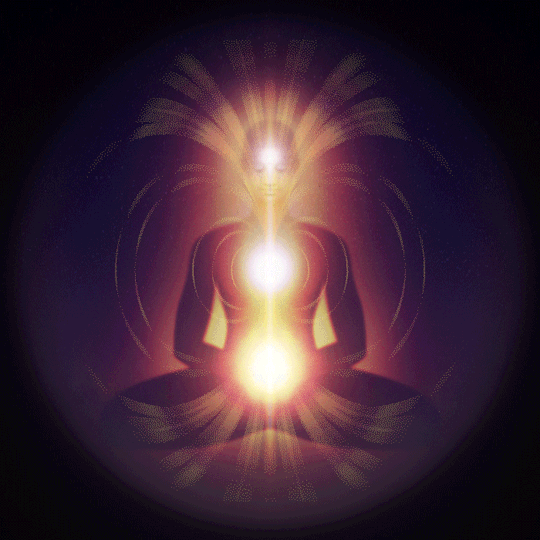 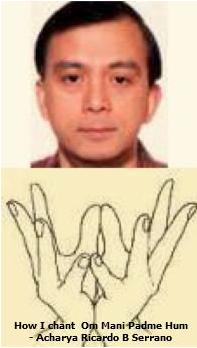  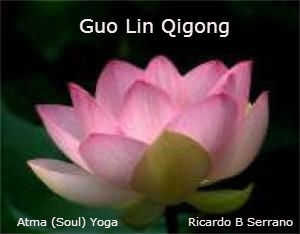  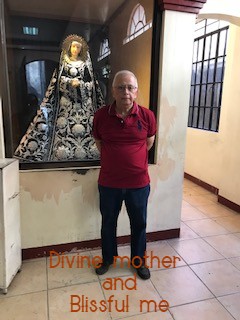  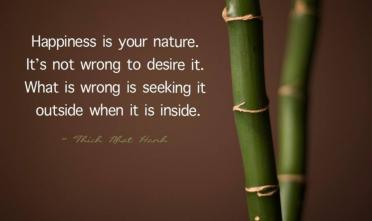  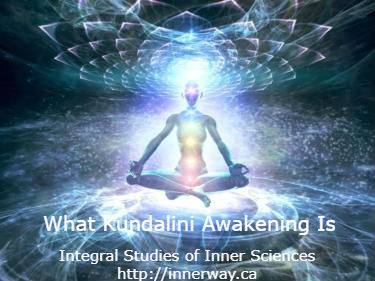 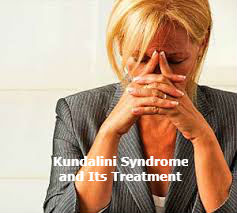 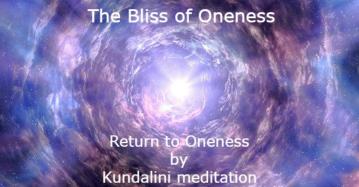 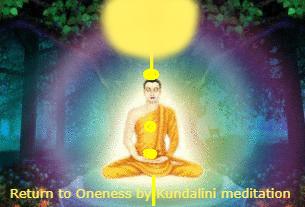  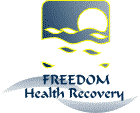

 For tech support, contact webmaster |
